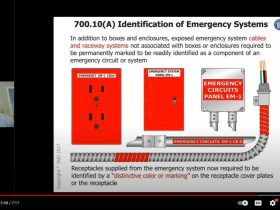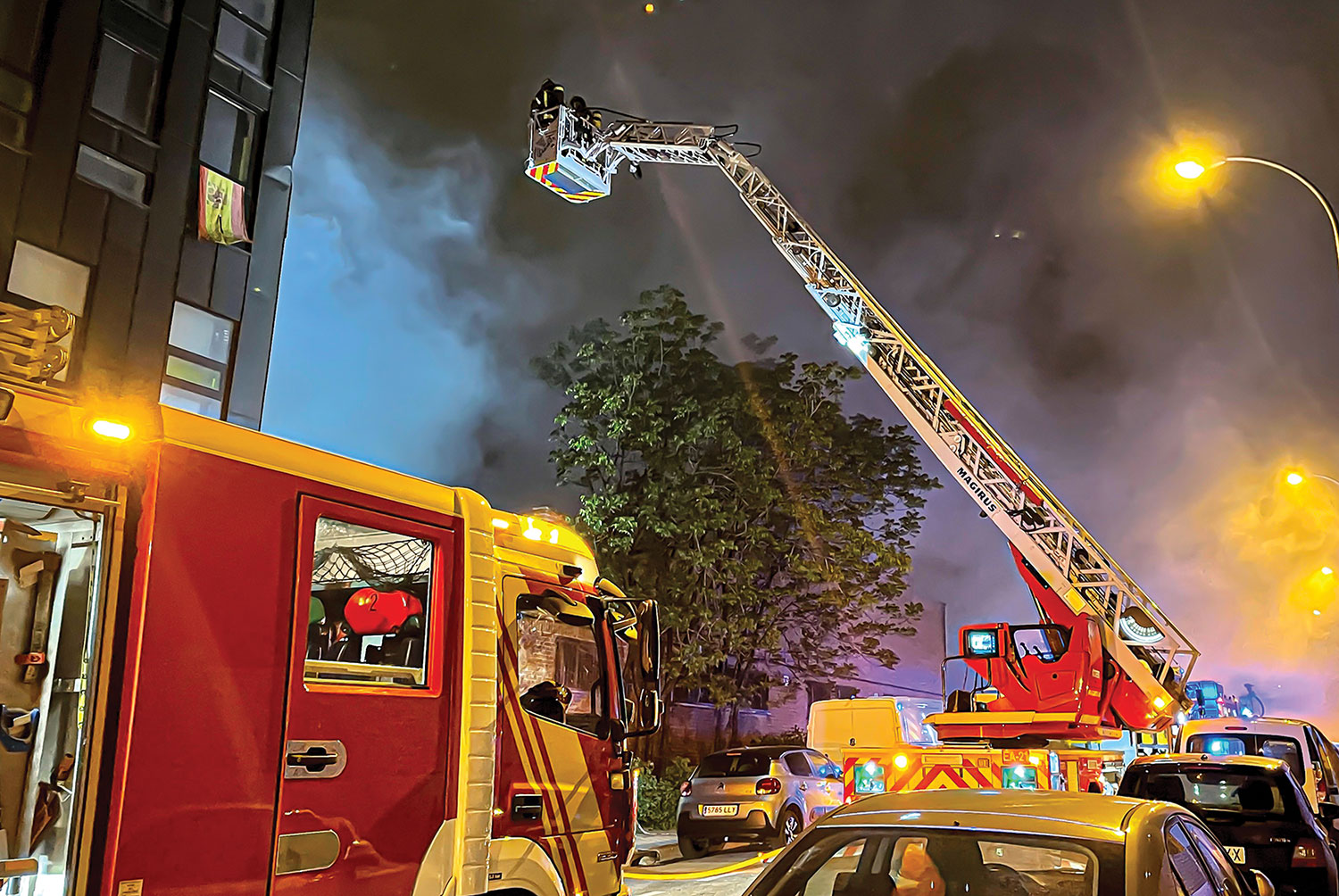When discussing risk analysis and emergency planning, it is important to define when a mass notification/emergency communication system is required to be installed. Currently, neither the NFPA Life Safety Code, nor the International Building Code requires the installation of these systems. Therefore, with the exception of Department of Defense (DOD) facilities, the only time a mass notification/emergency communication system is required to be installed, is when it is requested or required by the building owner or the Authority Having Jurisdiction (AHJ).
Incidentally, Unified Facilities Criteria (UFC) UFC 4-021-01, DESIGN AND O&M: MASS NOTIFICATION SYSTEMS do not require the installation of a Mass Notification System (MNS), but do provide the design, operation, and maintenance requirements of the MNS for DoD facilities. The standard for determining when a MNS is required for DoD facilities is established by UFC 04-010-01, DoD Minimum Antiterrorism Standards For Buildings.
When an emergency communication system (ECS) is required to be installed in accordance with NFPA 72, a Risk Analysis is required to be performed. The primary intent of the Risk Analysis is to perform a comprehensive risk assessment in order to characterize the likelihood, vulnerability and magnitude of incidents associated with natural, technological and manmade disasters and other emergencies, and then determine how to best communicate the “real-time” emergency notification information, so the emergency communication system can be properly designed, installed and tested following a performance-based approach. It is recommended that the following list of stakeholders be integrated in the Risk Analysis and decision-making process.
- Authority Having Jurisdiction
- Facility Owner / User / Employees
- Facility/System Maintenance Staff
- Emergency Response Representatives
- Insurance Company Representative
- Fire Protection Design Professional (FPE)
- Design & Construction Team Representative
The potential impact, frequency and severity of each hazard, threat or emergency should be evaluated to determine the vulnerability to people, property, operations and the environment. With the Risk Analysis, the entity should attempt to prevent, mitigate and prepare emergency response and recovery plans for identified threats, hazards or emergencies that could significantly impact people, property, operations, the environment or the facility. As a component of this performance-based evaluation, the Risk Analysis should establish the specifics of how the emergency communication/mass notification system should operate, be designed, installed and tested.
The Risk Analysis should identify and prioritize the likely scenarios in which the system would be deployed. It should address risk, probability and loss effect, and determine which methods of communication to deploy. It should also identify the appropriate management plans and procedures to implement. The method of determining what system should be installed or the best way to communicate with the building occupants should not be haphazard.
The Risk Analysis needs to capture the number and characteristics of the people that are expected to receive the emergency message or instructions, and explain the extent of notification throughout the facility or complex. The Risk Analysis should also determine if and when mass notification messages should override the fire alarm message, as well as provide performance and survivability requirements for the system. As one may expect, not all mass notification messages should take priority over the fire alarm messages to relocate or evacuate. Message priority for emergency conditions, such as severe weather warnings, gas leaks, chemical spills and other hazardous conditions should be outlined in the Risk Analysis.
Ultimately, once the Risk Analysis has been developed and agreed upon by all stakeholders, the emergency communications/mass notification system can be designed, installed and tested.










Find Us on Socials